Home>diy>Building & Construction>When Did Construction Started On Notre Dame Cathedral
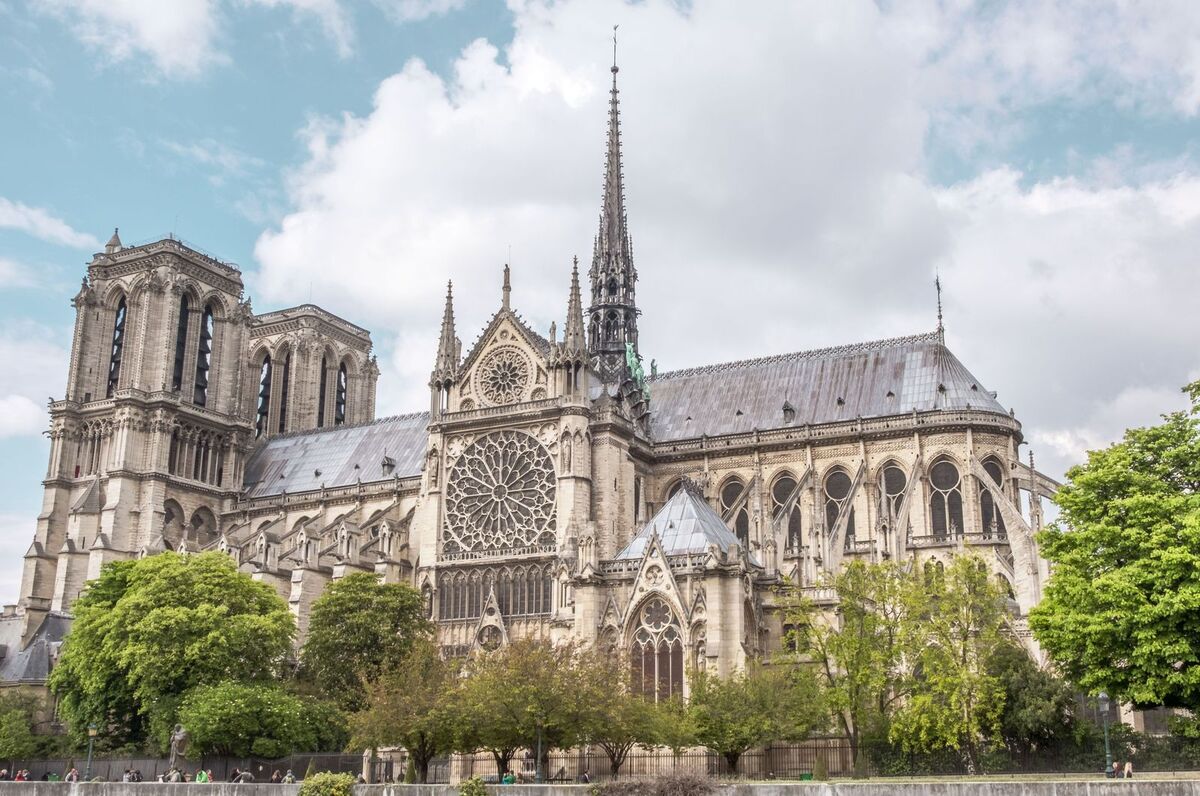

Building & Construction
When Did Construction Started On Notre Dame Cathedral
Modified: December 7, 2023
Construction on the iconic Notre Dame Cathedral began in [specific year], marking a pivotal moment in the history of building construction. Discover the rich heritage and architectural mastery of this renowned landmark.
(Many of the links in this article redirect to a specific reviewed product. Your purchase of these products through affiliate links helps to generate commission for Storables.com, at no extra cost. Learn more)
Introduction
Construction is a fundamental aspect of human civilization, shaping the world we live in today. When it comes to monumental architectural achievements, one building stands out among the rest – the Notre Dame Cathedral. This iconic structure, located in the heart of Paris, France, is not only an architectural masterpiece but also a symbol of cultural and historical significance.
For centuries, Notre Dame Cathedral has captivated the hearts and minds of people from around the world. Its stunning Gothic architecture, intricate details, and religious symbolism have made it a UNESCO World Heritage Site and a must-visit destination for tourists and pilgrims alike. But have you ever wondered when construction on this magnificent structure began?
Historians and architects have traced the origins of Notre Dame Cathedral back to the 12th century. The idea of constructing a grand cathedral in Paris took root during the reign of Bishop Maurice de Sully, who envisioned a new and monumental place of worship. Construction began in 1163 and would continue for over a century.
Join us on a journey through time as we explore the historical background, architectural design, construction timeline, controversies, and renovations that have shaped the Notre Dame Cathedral into the awe-inspiring structure it is today.
Key Takeaways:
- Construction of Notre Dame Cathedral began in 1163 under Bishop Maurice de Sully’s vision, showcasing Gothic architectural brilliance and enduring over a century, marking a monumental achievement in medieval construction history.
- Despite facing controversies, financial struggles, and natural disasters, Notre Dame Cathedral’s ongoing restoration and renovation efforts highlight the commitment to preserving its cultural and architectural significance for future generations.
Historical Background of Notre Dame Cathedral
The roots of the Notre Dame Cathedral can be traced back to the early Middle Ages, when Paris was a bustling and growing city. The desire to build a grand cathedral stemmed from the city’s growing importance as a political, economic, and religious center.
In the mid-12th century, Bishop Maurice de Sully conceived the idea of constructing a new cathedral to replace the old Saint-Étienne Basilica, which stood on the same site. Bishop de Sully sought to create a cathedral that would not only serve as a place of worship but also symbolize the grandeur and power of the Catholic Church.
The construction of Notre Dame Cathedral began in 1163, during the reign of King Louis VII. The architecture was designed in the Gothic style, known for its high vaulted ceilings, pointed arches, and flying buttresses. The use of these architectural elements allowed for the construction of larger windows, flooding the interior spaces with natural light.
The cathedral was dedicated to the Virgin Mary, a common dedication for churches of the time. It was named “Notre Dame,” which means “Our Lady” in French. The Virgin Mary was seen as a symbol of purity and grace, and the cathedral was intended to honor her.
Construction of Notre Dame Cathedral was a challenging and labor-intensive process. Skilled craftsmen, including stonecutters, carpenters, and glassmakers, worked tirelessly to bring the ambitious design to life. The use of innovative construction techniques, such as the flying buttresses, allowed for the creation of soaring heights and intricate detailing.
It took more than a century to complete the construction of Notre Dame Cathedral. Over the years, different architects and craftsmen left their mark on the structure, resulting in a combination of architectural styles. The cathedral’s façade, with its two imposing towers and intricate carvings, remains an iconic symbol of medieval architecture.
With its rich history and architectural significance, Notre Dame Cathedral has become an enduring symbol of Paris and a testament to the craftsmanship and artistic achievements of the Middle Ages. Its construction marks a milestone in the development of Gothic architecture and stands as a testament to the enduring power of human creativity and innovation.
Architectural Design and Construction of Notre Dame Cathedral
The architectural design of Notre Dame Cathedral showcases the brilliance of Gothic architecture, with its soaring heights, intricate details, and innovative construction techniques. The cathedral was designed to be a symbol of religious devotion and a testament to the power of the Catholic Church.
One of the most notable features of Notre Dame Cathedral is its use of flying buttresses. These external arches served to support the weight of the walls and allowed for the inclusion of large stained glass windows. The flying buttresses enabled the architects to create taller and more intricate designs without compromising the structural integrity of the building.
The interior of Notre Dame Cathedral is characterized by its massive stone columns and ribbed vaulted ceilings. The use of pointed arches and ribbed vaulting was not only aesthetically pleasing but also functioned to distribute the weight of the ceiling and improve acoustics within the space. This architectural innovation allowed for the creation of larger, open interior spaces.
The construction of Notre Dame Cathedral was a massive undertaking that required the collaboration of skilled craftsmen from various trades. Stonecutters meticulously carved intricate details into the stone facades, while carpenters crafted the ornate wooden trusses that supported the roof. Glassmakers created the breathtaking stained glass windows that adorned the interior, depicting religious scenes and saints.
The construction process of Notre Dame Cathedral was a labor-intensive endeavor. Stone was quarried from nearby locations, such as the Paris Basin and Île de la Cité, and transported to the construction site. It was then carefully cut and shaped by stonecutters before being assembled by masons. The use of wooden scaffolding allowed for easy access to different parts of the cathedral during construction.
Over the years, different architects and craftsmen contributed to the construction and embellishment of Notre Dame Cathedral. Each subsequent generation brought their own style and ideas, resulting in a fusion of architectural elements from different time periods. Despite these variations, the overall design and structure of Notre Dame Cathedral remained consistent, showcasing the enduring legacy of Gothic architecture.
The completion of Notre Dame Cathedral was a monumental achievement in architectural history. Its construction spanned over a century and showcased the ingenuity and skill of the medieval craftsmen who brought the design to life. Today, Notre Dame Cathedral stands as a testament to the artistic and technological achievements of its time and continues to inspire awe and admiration among visitors from around the world.
Construction Timeline of Notre Dame Cathedral
The construction of Notre Dame Cathedral spanned over a century, from the foundation stone being laid in 1163 to its completion in the mid-13th century. The timeline below highlights the major milestones and significant events in the construction of this iconic structure:
- 1163: Construction begins under the direction of Bishop Maurice de Sully.
- 1182: The eastern choir, including the high altar and ambulatory, is completed. The first Mass is celebrated in the partially built cathedral.
- 1190: Construction of the western façade begins.
- 1200: The nave, transepts, and crossing are completed. The cathedral starts to take shape.
- 1225: The cathedral is largely finished and open for regular worship.
- 1250: The western façade, including the iconic twin towers, is completed. The construction of Notre Dame Cathedral is officially finished.
It is important to note that while the majority of the construction was completed by the mid-13th century, ongoing maintenance and minor renovations continued in the following centuries to address structural issues and maintain the integrity of the cathedral.
The construction of Notre Dame Cathedral was not without its challenges. The sheer size and complexity of the project meant that it required a great deal of coordination and labor. Skilled craftsmen, including stonecutters, carpenters, and glassmakers, worked tirelessly on the site, often using innovative construction techniques to overcome challenges.
Additionally, the construction process was heavily reliant on the availability of resources, such as stone and timber. The quarries that provided the stone were carefully managed, and the transportation of materials to the construction site required extensive logistical planning.
Despite the hardships faced during construction, the completion of Notre Dame Cathedral marked a significant architectural accomplishment. Its grandeur and intricate design remain a testament to the skill and dedication of the craftsmen who built it.
Today, the construction timeline serves as a reminder of the long and storied history of Notre Dame Cathedral. It stands as a testament to the enduring legacy of Gothic architecture and continues to inspire awe and admiration among visitors from around the world.
Construction on Notre Dame Cathedral started in 1163 and was completed in 1345. The iconic cathedral is a masterpiece of French Gothic architecture and a must-see for visitors to Paris.
Controversies and Challenges during Construction
Like any ambitious construction project, the building of Notre Dame Cathedral was not without its controversies and challenges. The construction spanned over a century, and during this time, various disputes and difficulties arose. Here are some of the noteworthy controversies and challenges faced during the construction of this iconic cathedral:
- Disputes over Design: Different architects and builders had differing ideas about the design and construction techniques to be employed. This led to disagreements and conflicts, as each party strove to leave their mark on the cathedral. The shifting architectural styles and innovations throughout the construction process are a testament to these disputes.
- Financial Struggles: Funding such a massive project was a constant challenge. The cost of building Notre Dame Cathedral was incredibly high, and the church relied on donations, grants, and income from various sources to finance the construction. Financial difficulties often caused delays in the construction process.
- Logistical Issues: The transportation of building materials, such as stone, timber, and glass, presented significant logistical challenges. The quarries that provided the stone were located far from the construction site, requiring careful coordination and planning for their transportation. The transportation of such massive materials posed challenges in terms of manpower and infrastructure.
- Structural Setbacks: The ambitious design of the cathedral faced several structural setbacks during construction. The large vaulted ceilings and slender walls presented challenges in terms of stability. The architects had to develop innovative solutions, such as the flying buttresses, to counterbalance the weight and ensure the structural integrity of the building. These setbacks caused delays and required modifications to the original plans.
- Weather and Natural Disasters: The construction of Notre Dame Cathedral faced the wrath of nature. Severe weather conditions, including storms and cold winters, hampered the construction progress. There were instances when parts of the cathedral were damaged by fire and lightning strikes, necessitating repairs and reconstruction.
Despite these controversies and challenges, the construction of Notre Dame Cathedral persevered. The commitment, skill, and determination of the craftsmen and architects involved ensured the continuation of the project, resulting in the creation of one of the most iconic structures in the world.
The controversies and challenges faced during the construction of Notre Dame Cathedral are not surprising. Such ambitious projects often encounter obstacles along the way. However, it is the ability to overcome these challenges that ultimately contributes to the legacy and grandeur of the final product.
Restoration and Renovations of Notre Dame Cathedral
Over the centuries, Notre Dame Cathedral has undergone several restoration and renovation projects to preserve its architectural integrity and address the wear and tear caused by time, weather, and human activity. These efforts have played a crucial role in ensuring the longevity of this iconic structure.
In the mid-19th century, during the Romantic Era, a major restoration campaign was initiated under the direction of architects Eugène Viollet-le-Duc and Jean-Baptiste Lassus. This extensive restoration lasted for over two decades, from 1845 to 1864. The aim was to restore the cathedral to its original Gothic splendor and repair the damages sustained during the French Revolution.
During the restoration, numerous additions and modifications were made, some of which were controversial. Viollet-le-Duc, in particular, made several alterations, including the rebuilding of the spire, the addition of decorative elements, and the installation of new stained glass windows. While these changes introduced a certain amount of artistic interpretation, they were executed with careful attention to the original spirit and design of the cathedral.
Fast forward to more recent times, and Notre Dame Cathedral faced one of its most significant challenges on April 15, 2019 – a devastating fire tore through the roof and the spire of the cathedral. The fire, which received international attention, caused extensive damage to the structure, but miraculously, the main stone structure and many of the invaluable artifacts were spared.
The fire prompted a new wave of restoration and renovation efforts. The French government and numerous organizations rallied together to raise funds and support for the reconstruction of the damaged portions of the cathedral. Architects and experts from around the world collaborated to devise a comprehensive plan for the restoration.
The restoration process is currently underway, with a focus on meticulous assessment, stabilization, and preservation. Modern techniques and technology, combined with traditional craftsmanship, are being employed to conduct extensive research and ensure the highest standards of restoration. The goal is to recreate the damaged portions of the cathedral while maintaining the integrity of the original design.
Restoration and renovations of this magnitude require time, expertise, and financial support. The process is expected to take several years, ensuring that Notre Dame Cathedral can once again stand as a symbol of France’s rich cultural heritage and architectural prowess.
Through these restoration and renovation projects, Notre Dame Cathedral continues to stand the test of time. It serves as a reminder of the importance of preserving historic structures and ensuring their longevity for future generations to admire and appreciate.
Conclusion
Notre Dame Cathedral stands as an enduring testament to the power of human creativity, architectural innovation, and the ability to overcome challenges. From its humble beginnings in the 12th century to the devastating fire in 2019, this iconic structure has survived the test of time and remains an architectural marvel that captivates people from around the world.
The historical background of Notre Dame Cathedral reveals the vision and ambition of Bishop Maurice de Sully and the remarkable craftsmanship of medieval builders. Its architectural design, characterized by Gothic elements such as flying buttresses and ribbed vaults, showcases the ingenuity of the architects who pushed the boundaries of construction technology during that era.
The construction of Notre Dame Cathedral was a labor-intensive process that spanned over a century. Controversies, financial struggles, and logistical issues tested the perseverance of those involved. However, the dedication and skill of the craftsmen prevailed, resulting in the creation of a monumental masterpiece.
The restoration and renovation efforts that have taken place over the years have helped preserve the historical and architectural significance of Notre Dame Cathedral. From the restoration campaign in the 19th century to the ongoing reconstruction after the fire in 2019, these projects highlight the commitment to preserving such a significant piece of cultural heritage.
In conclusion, Notre Dame Cathedral stands as a symbol of human achievement, resilience, and artistic expression. Its grandeur and architectural beauty have inspired generations, drawing visitors from every corner of the globe. Through both its historical legacy and ongoing restoration efforts, Notre Dame Cathedral continues to stand tall as a testament to the power of construction and the lasting impact of exceptional craftsmanship.
As we reflect on the intricate details, towering spires, and majestic interior of Notre Dame Cathedral, we appreciate the countless hours of labor, the layers of history, and the unwavering determination that have shaped this remarkable structure. Notre Dame Cathedral will continue to inspire awe and reverence for centuries to come, reminding us of the profound impact of human ingenuity and the beauty that can be achieved through construction.
Frequently Asked Questions about When Did Construction Started On Notre Dame Cathedral
Was this page helpful?
At Storables.com, we guarantee accurate and reliable information. Our content, validated by Expert Board Contributors, is crafted following stringent Editorial Policies. We're committed to providing you with well-researched, expert-backed insights for all your informational needs.
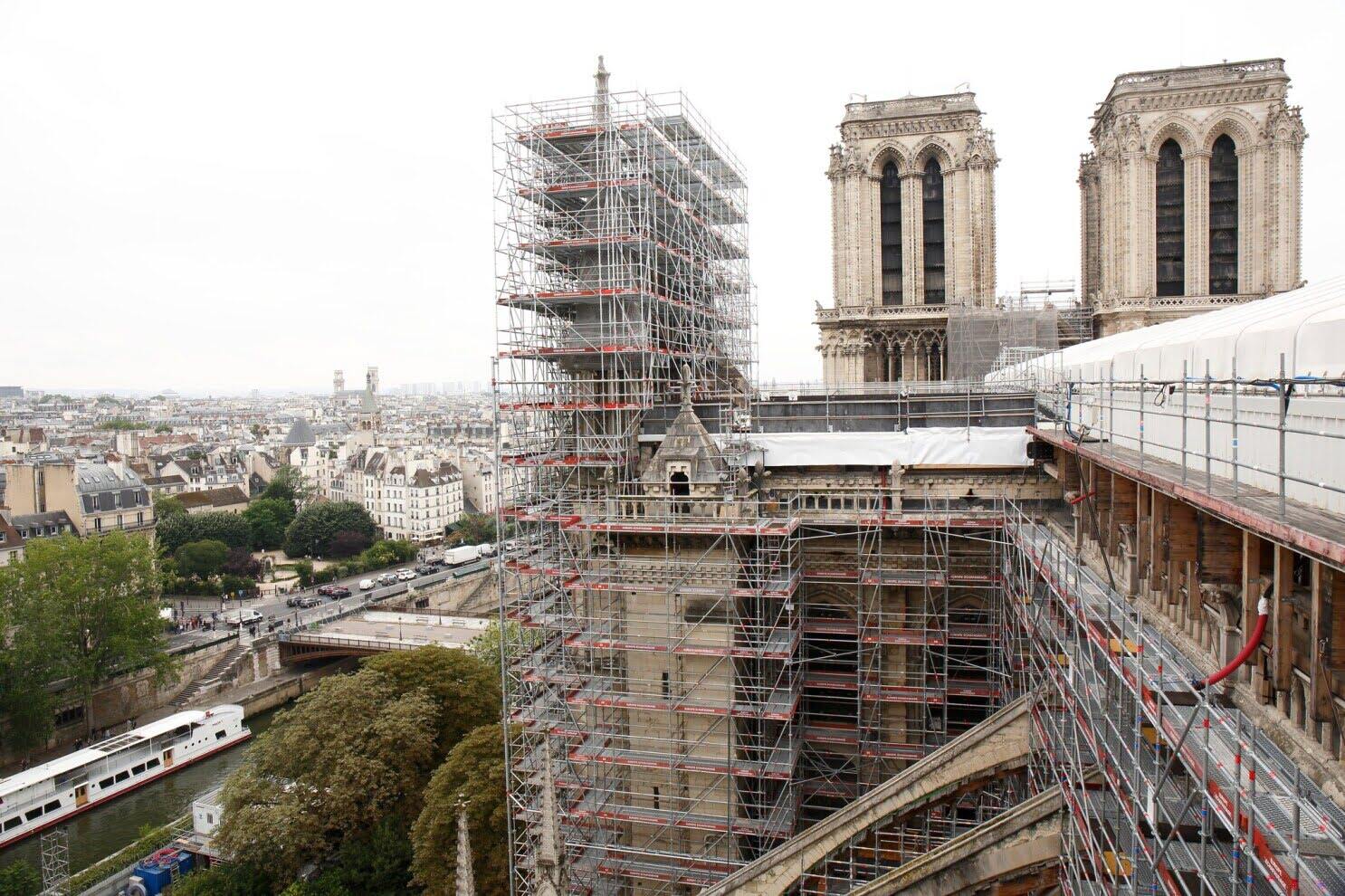
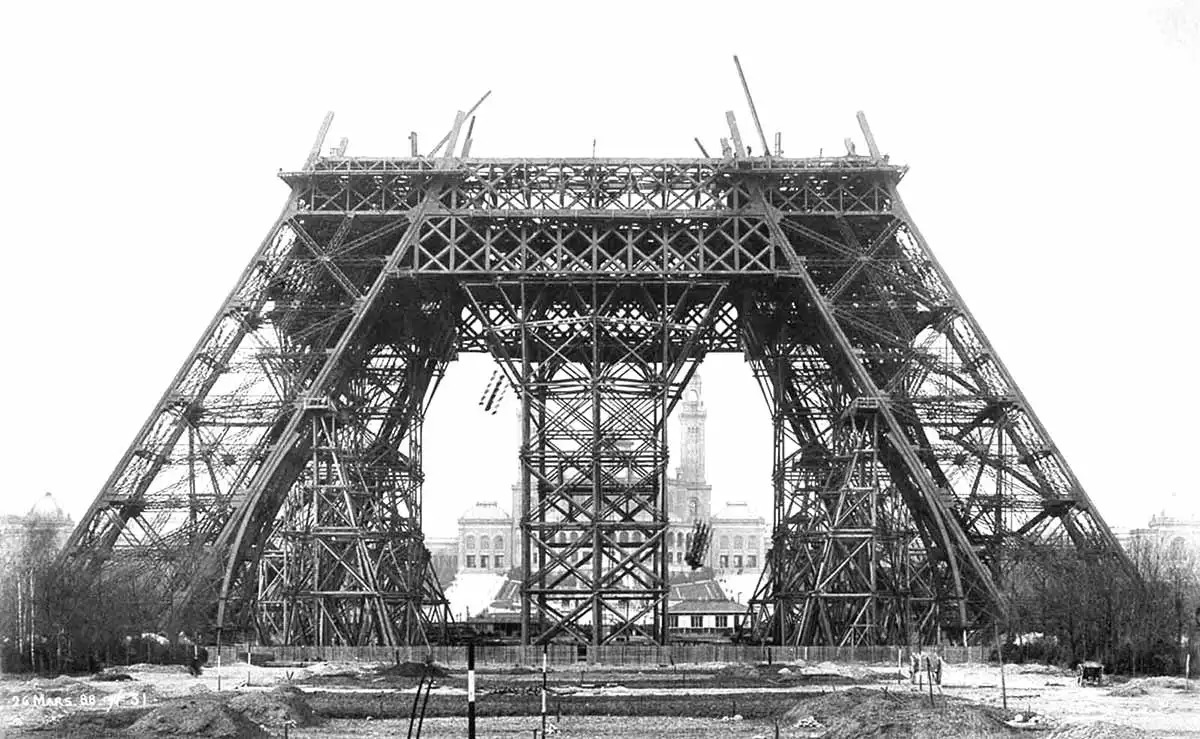


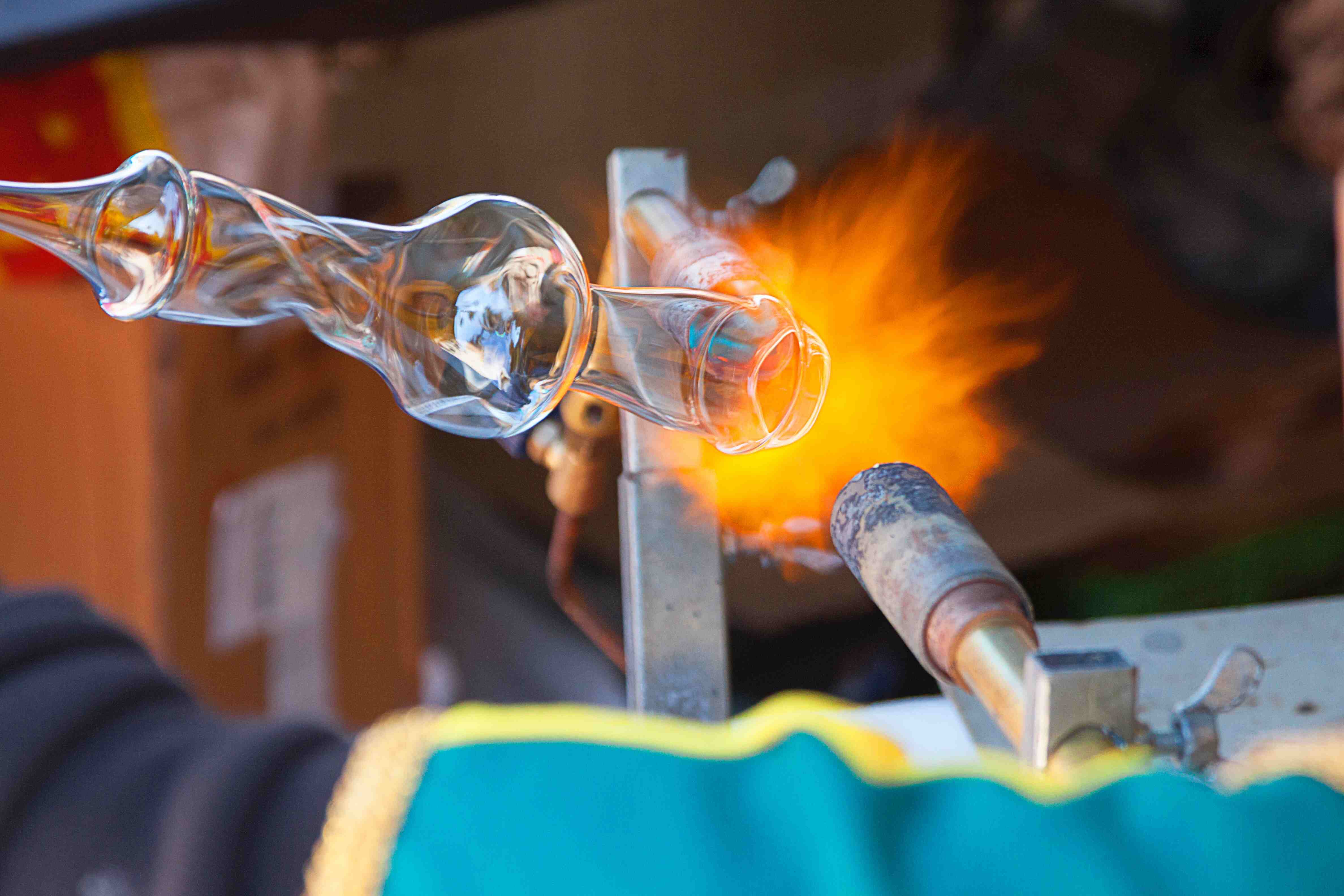
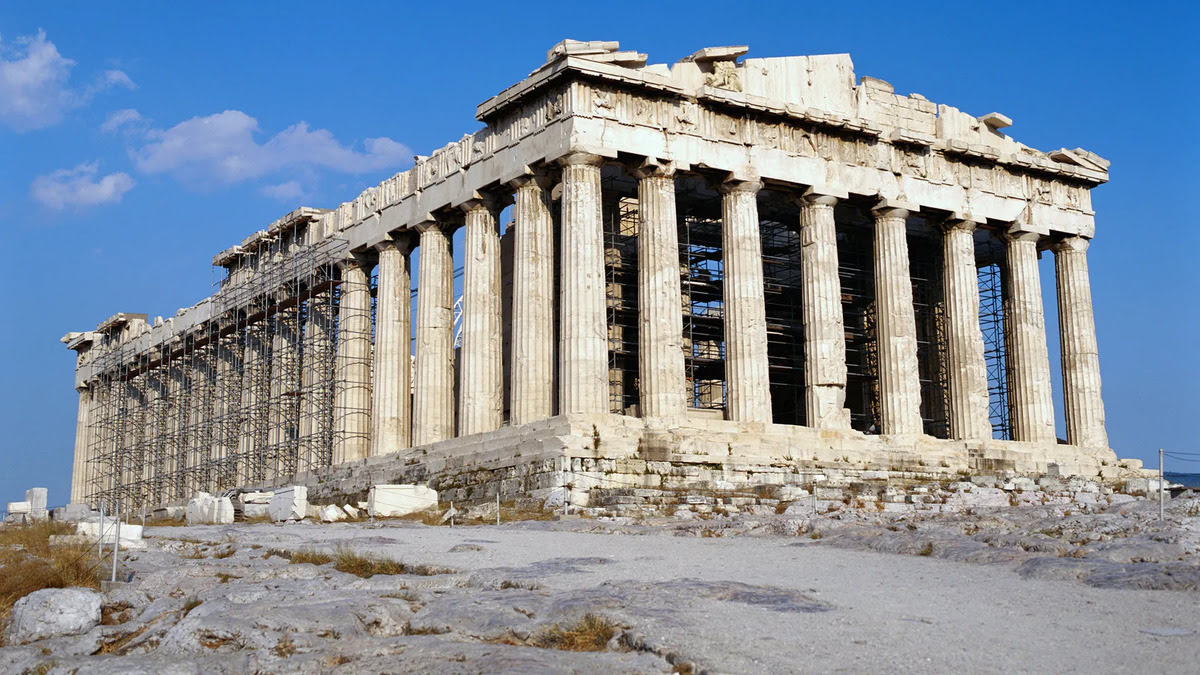


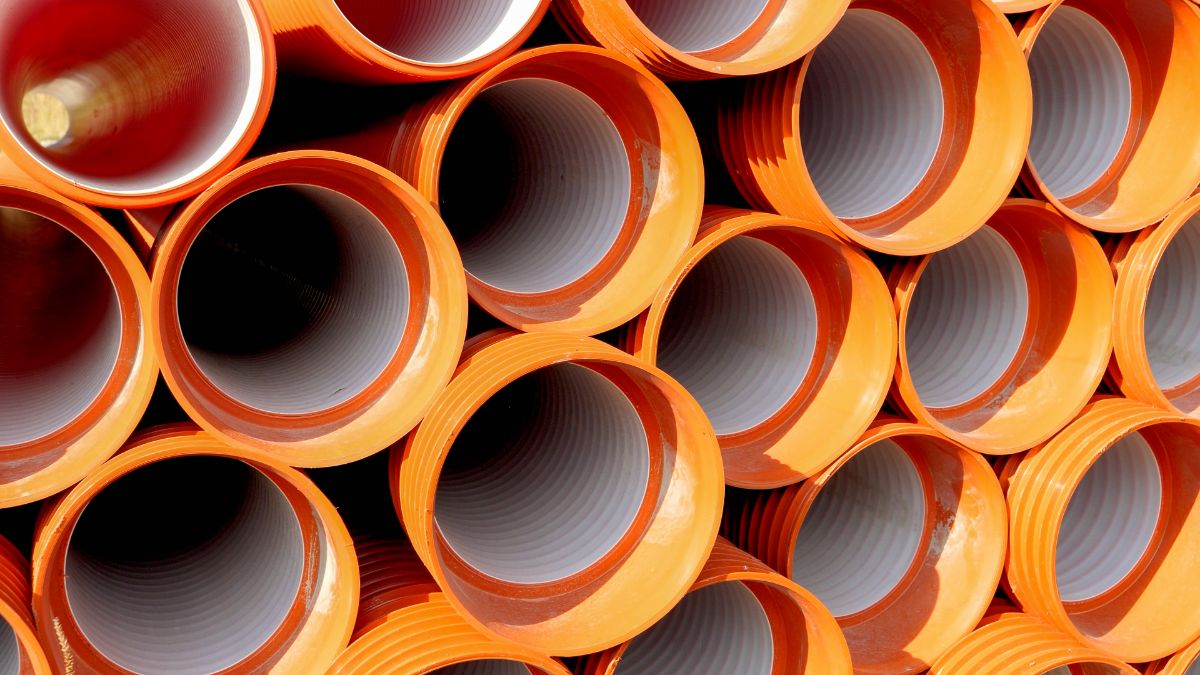

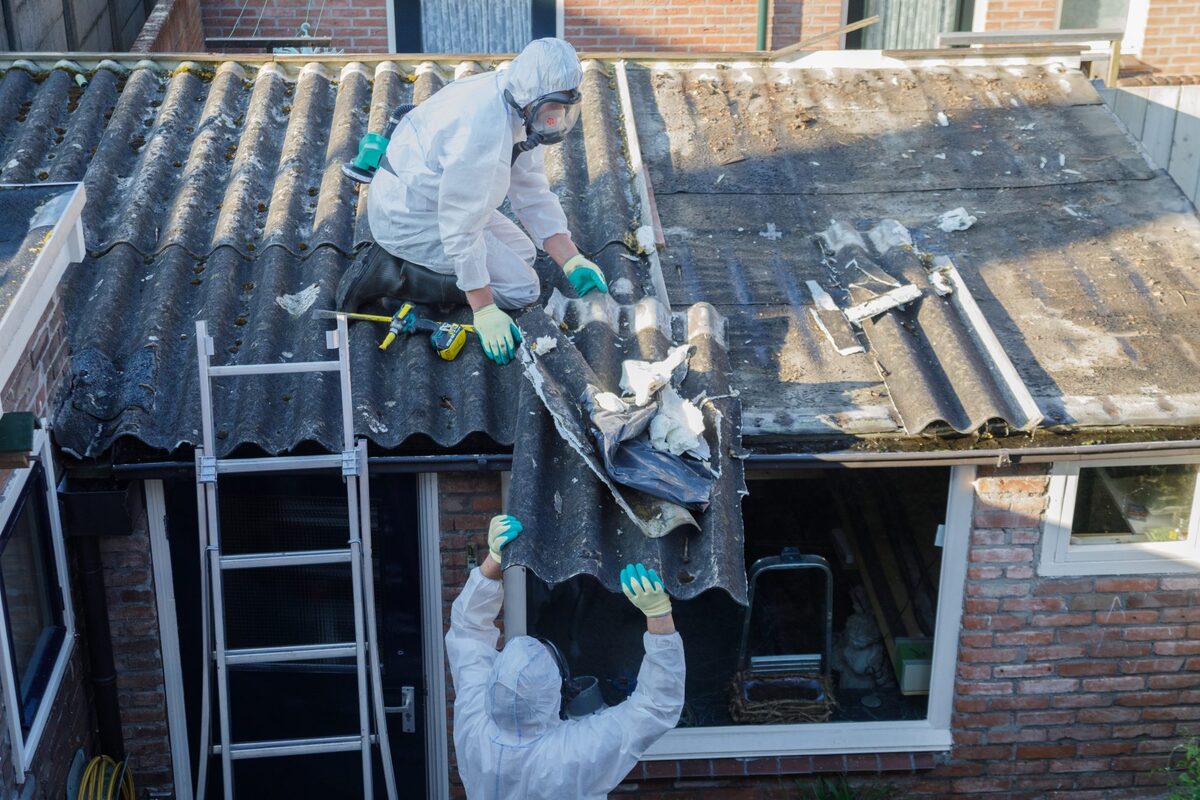
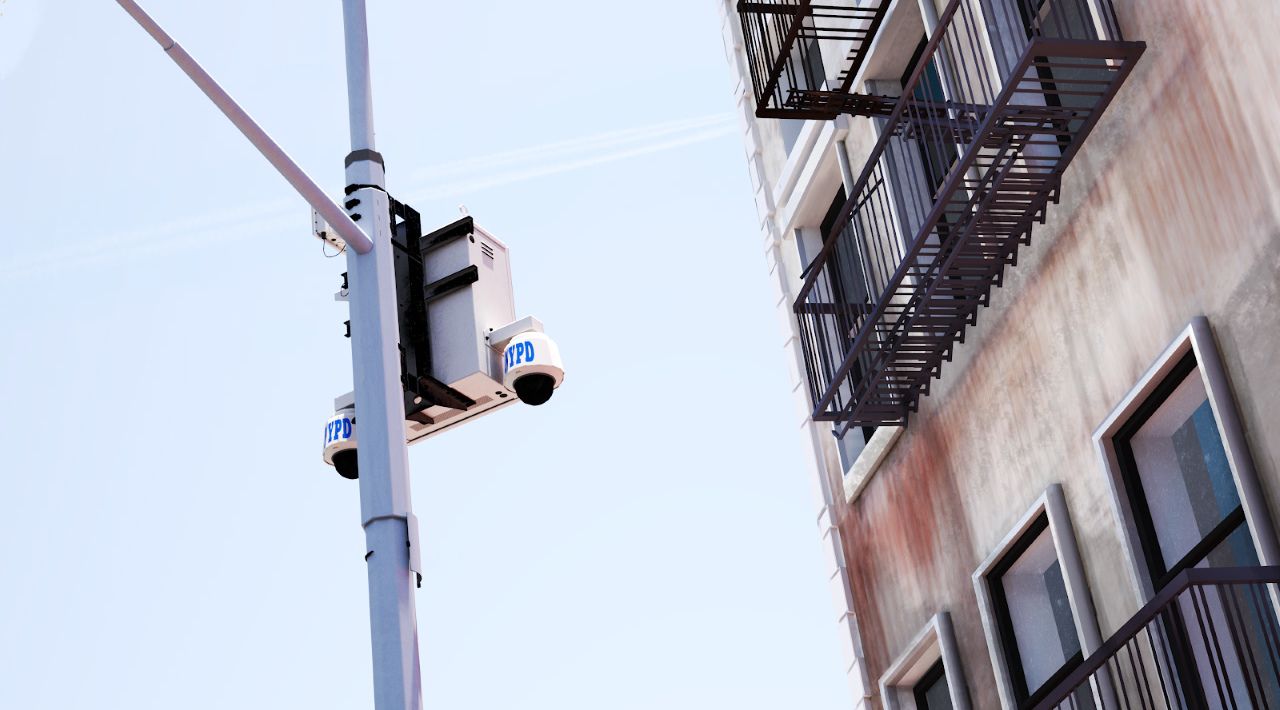
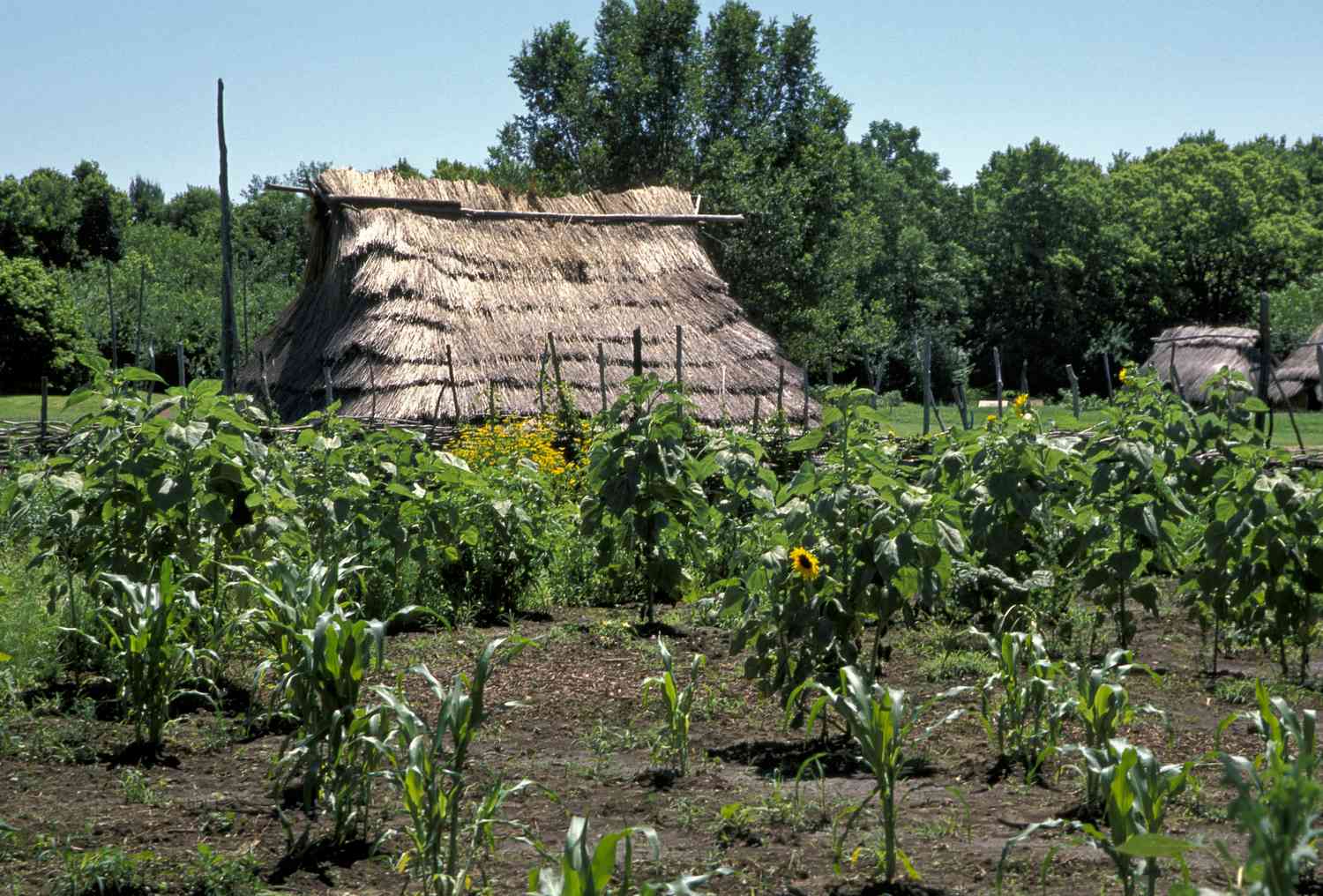
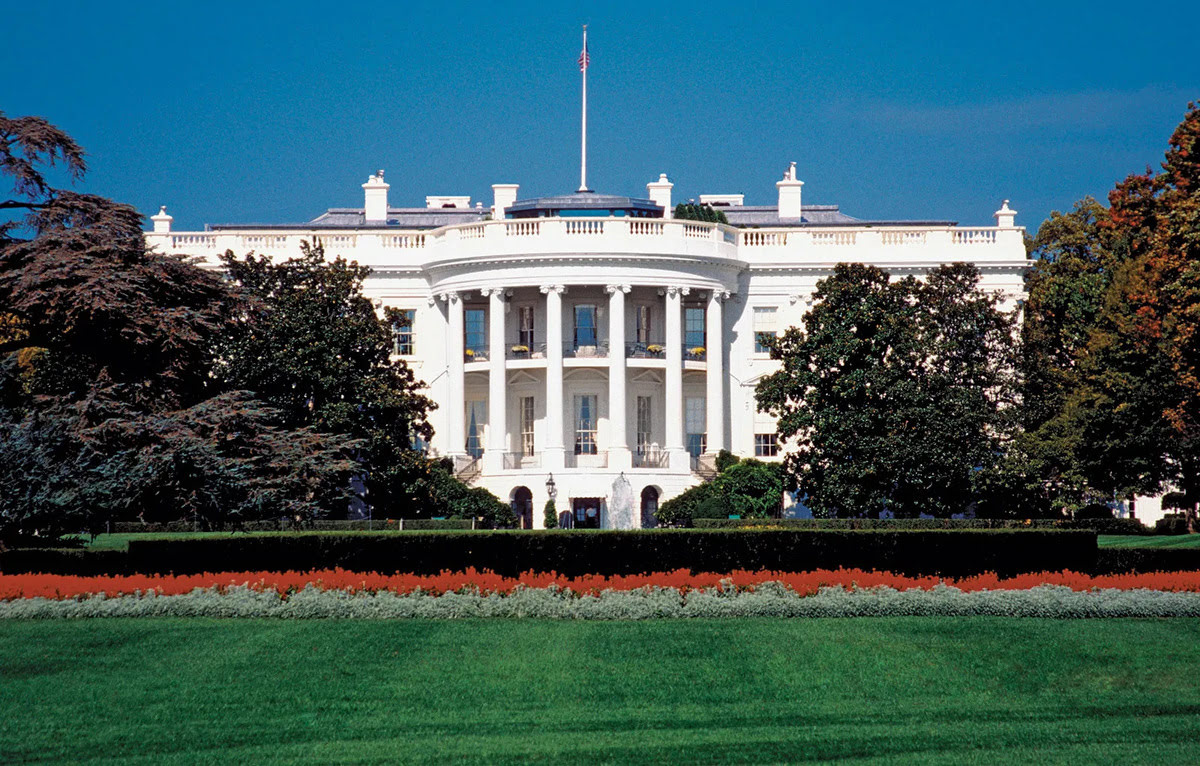

0 thoughts on “When Did Construction Started On Notre Dame Cathedral”